Maxine (M in Smoke)
c. 1959
Oil on canvas
73 1/2 x 70 1/4 inches
Signed and inscribed on reverse ‘M in Smoke’ ‘Rivers’
Ex-collection
The Artist
Private collection until 2017
Note:
Positioned between Pop and Abstract Expressionism—the two dominant movements in post-war American art—Larry Rivers’ works offers a flavor of both. Maxine (M in Smoke) provides a glimpse into the artist’s personal realm through this evolving style. In 1956, Rivers’ works were exhibited at the “Twelve Americans” show, a major exhibition at the Museum of Modern Art organized by Alfred Barr, along with works by Franz Kline, Philip Guston and Grace Hartigan. However, Rivers, like Willem de Kooning had rediscovered the power of figuration in his compositions and often borrowed from famous paintings, appropriating well known imageries in his works. The figure is Maxine Groffsky, Rivers’ girlfriend at the time who later became a well-known literary agent. Rivers boasted that she was Brenda in Goodbye, Columbus and that he’d taken her away from Philip Roth. The work is figurative and yet at the same time, abstract. It merges the two genres, yet rests somewhere in between. The brushstrokes of the nightime ambience conveys the artistic expression and the moment of spontaneity of the Abstract Expressionist genius, embodying the Greenbergian ideal of a flat modern painting. Like Robert Rauschenberg, Rivers was a vanguard of Pop Art at the height of Abstract Expressionism. He was one of the first artists to explore the possibilities in the figurations in the post-war America in the era of Clement Greenberg. This painting marks the important transition between the two movements and a precursor to the Rivers’ increasingly figurative later works.

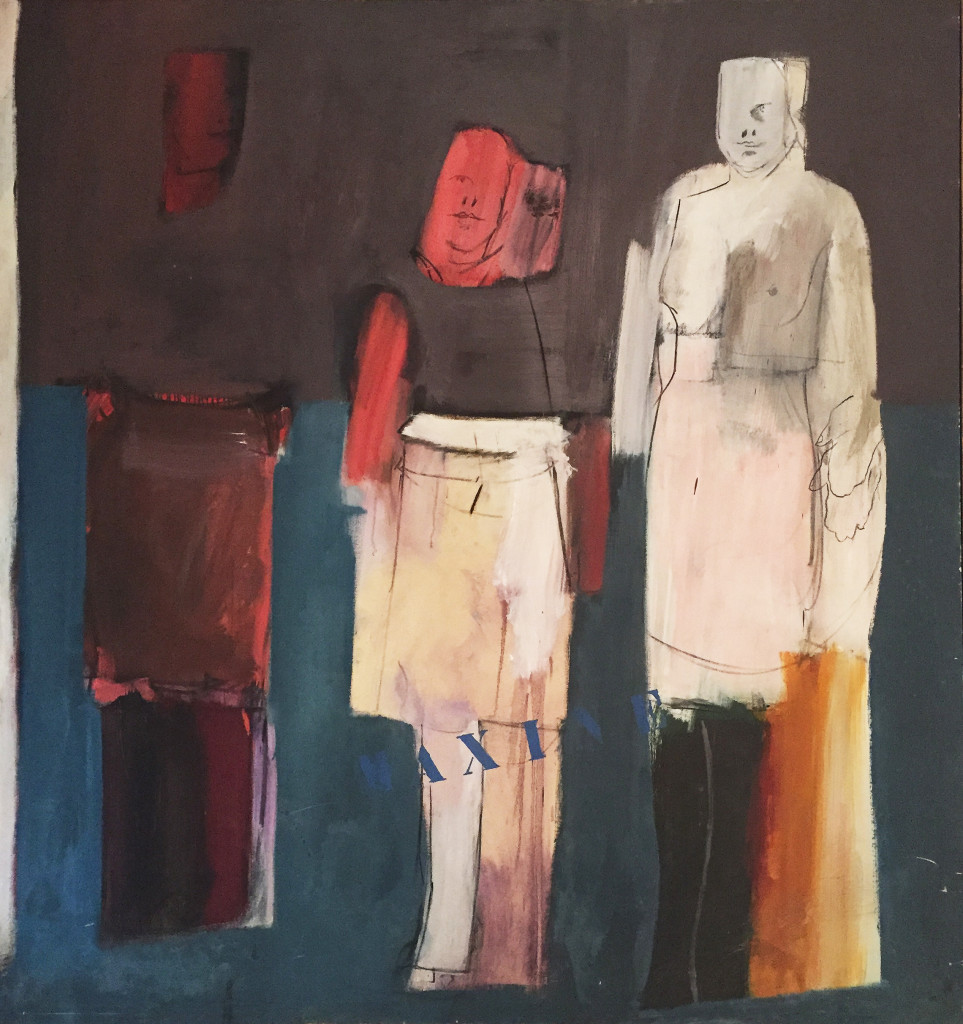
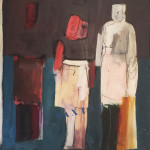 Maxine (M in Smoke)
Maxine (M in Smoke)
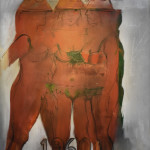 Clarice
Clarice
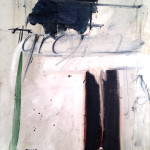 Tarreyton
Tarreyton
 Head of a Man
Head of a Man
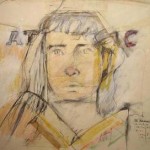 Portrait of Meara
Portrait of Meara
 Baroque Playing Card
Baroque Playing Card
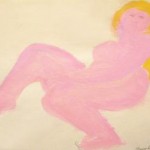 Reclining Nude
Reclining Nude
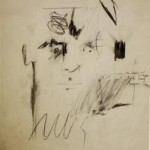 Jack Kerouac
Jack Kerouac
 Orange Valentine Number Two
Orange Valentine Number Two
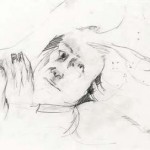 Portrait of Tibor de Nagy
Portrait of Tibor de Nagy
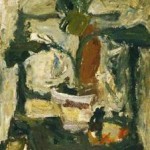 Potted Plant
Potted Plant
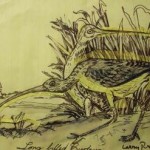 Long Billed Curlew (After Audubo)
Long Billed Curlew (After Audubo)
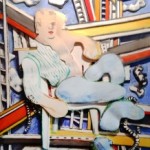 Art + The Artist: JD and Leger Dreaming
Art + The Artist: JD and Leger Dreaming